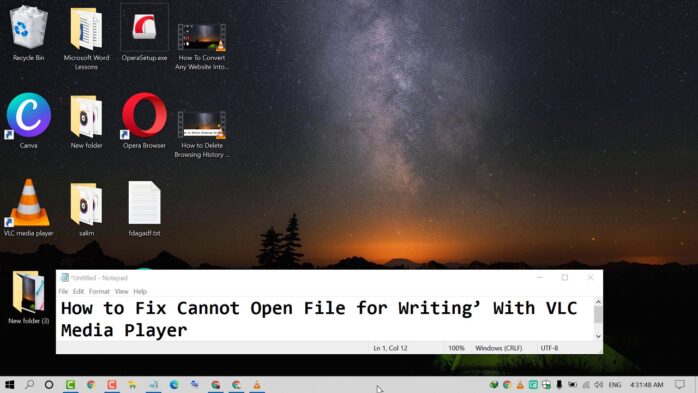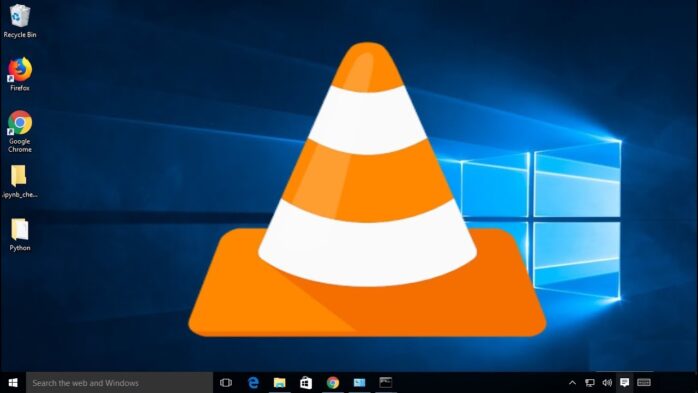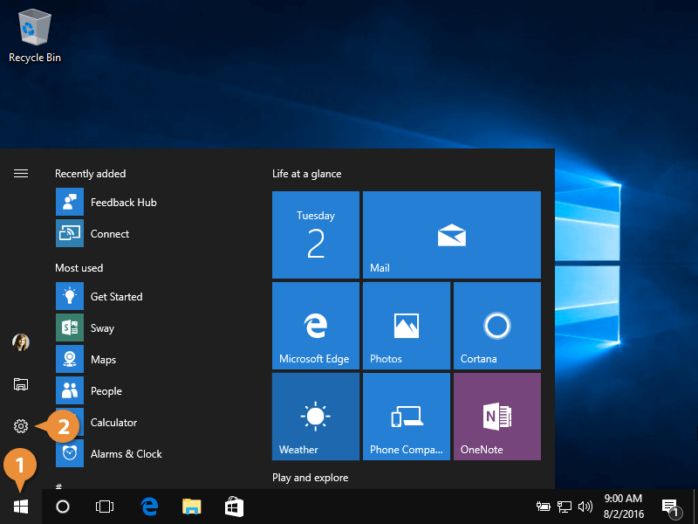The VLC Media Player is a popular open source application that enables users to play and stream media files to their devices. The application is known for its ability to play media from a variety of different sources, including Windows, Mac, Linux, iOS, Android, and various web streaming services.
VLC Media Player is a media player that can play most any file type you throw at it. Although this is mainly a good thing, VLC Media Player can sometimes be a little temperamental. On occasion, VLC Media Player will stop working when trying to open a file for writing. It could be a standalone movie file or a file located in a directory. The error message when it comes up is “Cannot open file for writing” or “Cannot open file: ‘\\server\share\file.ext’”.
VLC Media Player is a popular media player that can be used to play a variety of media types. As a media player, it’s great at playing many different types of media files. But, as is the case with many things, VLC Media Player has some drawbacks. One of the drawbacks is a frequent error message that appears when attempting to read the contents of a file with VLC Media Player. It says, “Cannot open file for writing. The handle is invalid.” This error message is typically accompanied by a “This application has requested the Runtime to terminate it in an unusual way” message. I can’t guarantee that this guide will fix all of the problems that may occur when trying to play a video file with VLC Media
When installing VLC Media Player, did you get an error when trying to open a file for recording? Have you tried rebooting your computer but it still doesn’t work? You’ll discover various troubleshooting techniques in this article to help you fix the issue.
VLC is a free open-source media player with audio and video compression capabilities. It supports a wide range of media formats and streaming protocols. When installing VLC on desktop computers, however, many users report problems.
It’s aggravating to have issues with the VLC app when you haven’t even installed or updated it. Let’s look at why this issue happens and what we can do about it.
What causes the error message “Cannot open file to write” in VLC Media Player?

- Multiple instances of VLC or other programs that utilize LibVLC are usually the source of the “Can’t open file for writing” problem.
- When you have several instances of VLC (or other programs that use LibCLC) running on your computer, the “Cannot open write file” issue is the most frequent reason.
- Corrupted system files may potentially create the issue, preventing the operating system from installing new applications.
- An installation issue caused by your default browser is an uncommon reason that may contribute to the “Cannot Open File for Writing” error. VLC’s ability to update may also be hampered by an open instance of Chrome, Firefox, or Brave Browser, according to many impacted users.
How can I fix the problem notice “Cannot open file while writing” in VLC Media Player?
For your mistake, we now suggest that you use this tool. This program also corrects common computer problems, protects you from file loss, viruses, and hardware failures, and optimizes your PC for optimum performance. With this program, you can rapidly repair your PC issues and prevent others from occurring:
- Step 1 : Download PC Repair & Optimizer Tool (Windows 10, 8, 7, XP, Vista – Microsoft Gold Certified).
- Step 2: Select “Start Scan” to look for Windows registry issues that may be causing your computer to malfunction.
- Step 3: To correct all problems, click “Repair All.”
User Account Control Is Disabled

When administrator credentials are needed to perform system-related changes, User Account Control will notify you. This feature is meant to keep you safe, but it may occasionally conflict with other applications, resulting in an error message when you try to open a file for writing.
- Type User Account using the Windows + S keys.
- Change User Account Control Settings from the drop-down menu.
- Lower the slider till it says “Never Notify.”
- To save your changes, click OK.
The Error opening file to write a message should no longer display after user account control has been deactivated. Users claim that deactivating Windows Defender, in addition to disabling user account control, fixes the issue.
Permissions for security changes
If you are unable to install a certain program as a regular user, we highly advise you to establish an administrator account or attempt to install the application as an administrator to prevent this issue.
- Locate the folder in which you’re attempting to install the problematic program. This might be the C: Program FilesSteam directory, for example.
- When you’ve located the directory, right-click it and choose Properties.
- Then, under the Security tab, select the Edit button.
- Select Users under Group or User Names, and Write under User Permissions.
- Select OK and then Apply.
- Make a new administrator account in the system.
Open the Settings program

- Then select Add Another Person to This PC under the Family and Other Users menu.
- Select I’m not familiar with this individual’s qualifications.
- Now, choose Add a person who does not have a Microsoft account.
- Click Next after entering a username and password for this account.
- Under Other Users, the newly formed account should be visible.
- Change the account type by selecting it and clicking the Change Account Type button.
- Select Administrator from the Account Type box and click OK.
- Switch to the newly established Administrator account and attempt again to install the program.
Use the compatibility troubleshooter to see whether your software is compatible
Older applications may not be completely compatible with Windows 10 in certain situations. During installation, you may get an Error opening file to write message in this instance.
- Right-click on the application’s installation file that’s creating the issue.
- From the menu, choose Properties.
- Click the Compatibility tab when the Properties window appears.
- Select Run Compatibility Troubleshooter from the drop-down menu.
- Select Attempt the suggested settings.
- Your issue will be solved if you follow the instructions.
Most Commonly Asked Questions
The problem “Open file to write” is not caused by a particular application. On the Windows operating system, it may happen while installing applications like Steam, VLC, Wireshark, CCleaner, BSPlayer, and others. It may influence and prohibit the installation of any third-party Windows program.
The MP4 codec may not be compatible with VLC, which is one of the major reasons why VLC does not play MP4 movies. You must convert your MP4 file to another format that is completely compatible with VLC in order to resolve this issue. You may also install the necessary codecs for MP4 movies by downloading the VLC codec bundle from the VLC website.
- VLC’s settings need be reset. For Windows 10, 8.1, 8, 7, Vista, and XP users.
- Tab Input/Codecs Turn off hardware-accelerated decoding.
- Hardware acceleration should be turned off. Restart the player after clicking Save.
- Examine your antivirus software.
- Use the compatibility troubleshooter to see whether your software is compatible.
- As an administrator, run the application.
- Reinstall the program that’s creating the issue.
- Make a new administrator account for yourself.
- Permissions for security should be changed.
- Turn off the user account controls.
- Advanced security permissions may be changed.
Frequently Asked Questions

What is error opening file for writing?
Error opening file for writing is when you are trying to save a file on your computer, but the program cannot find the file.
How do you fix your input cant be opened VLC?
I am not sure what you mean by fix your input cant be opened VLC.
Why wont VLC play my file?
VLC is a free and open-source media player that can play most file formats. It does not support DRM-protected files, which are often the cause of this issue.




